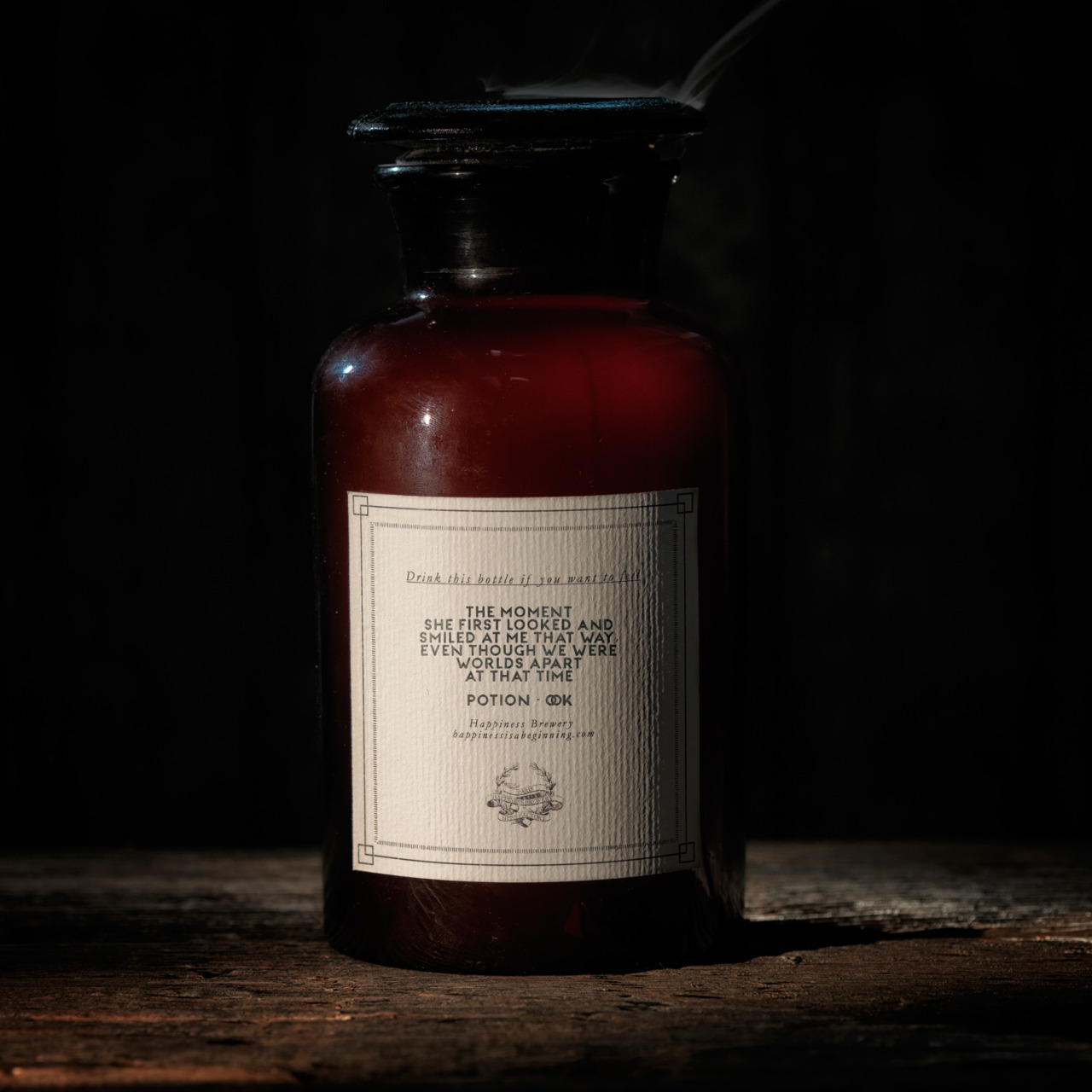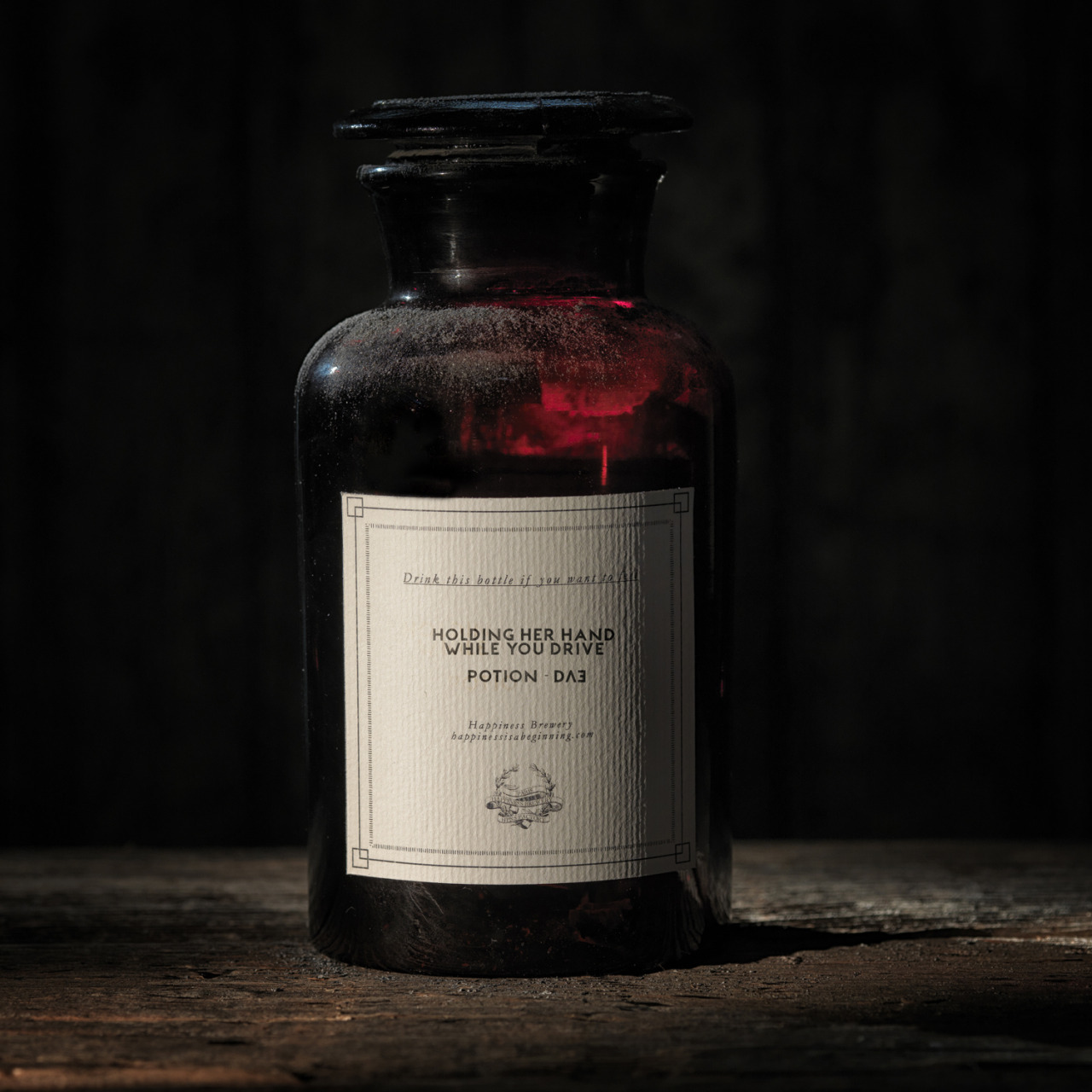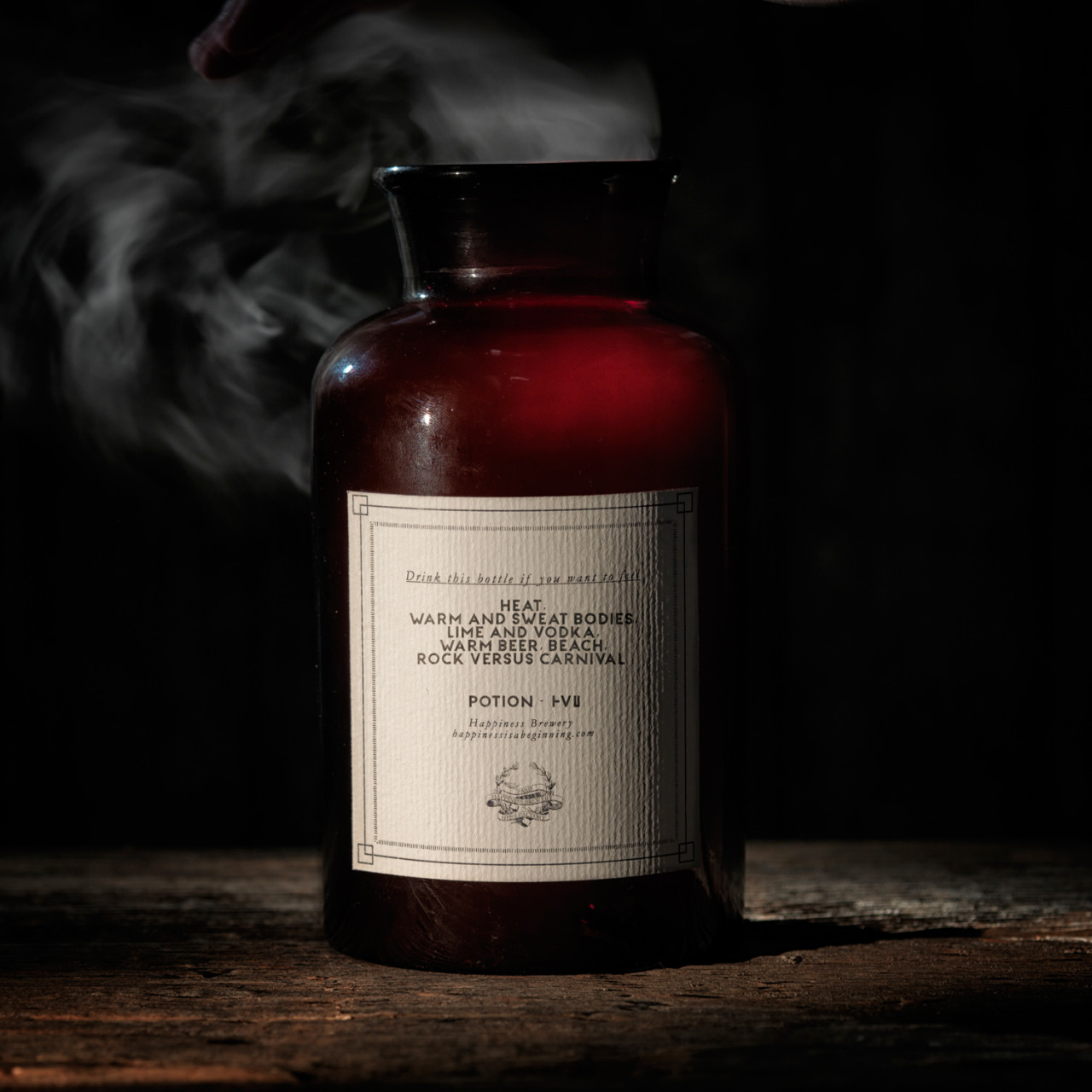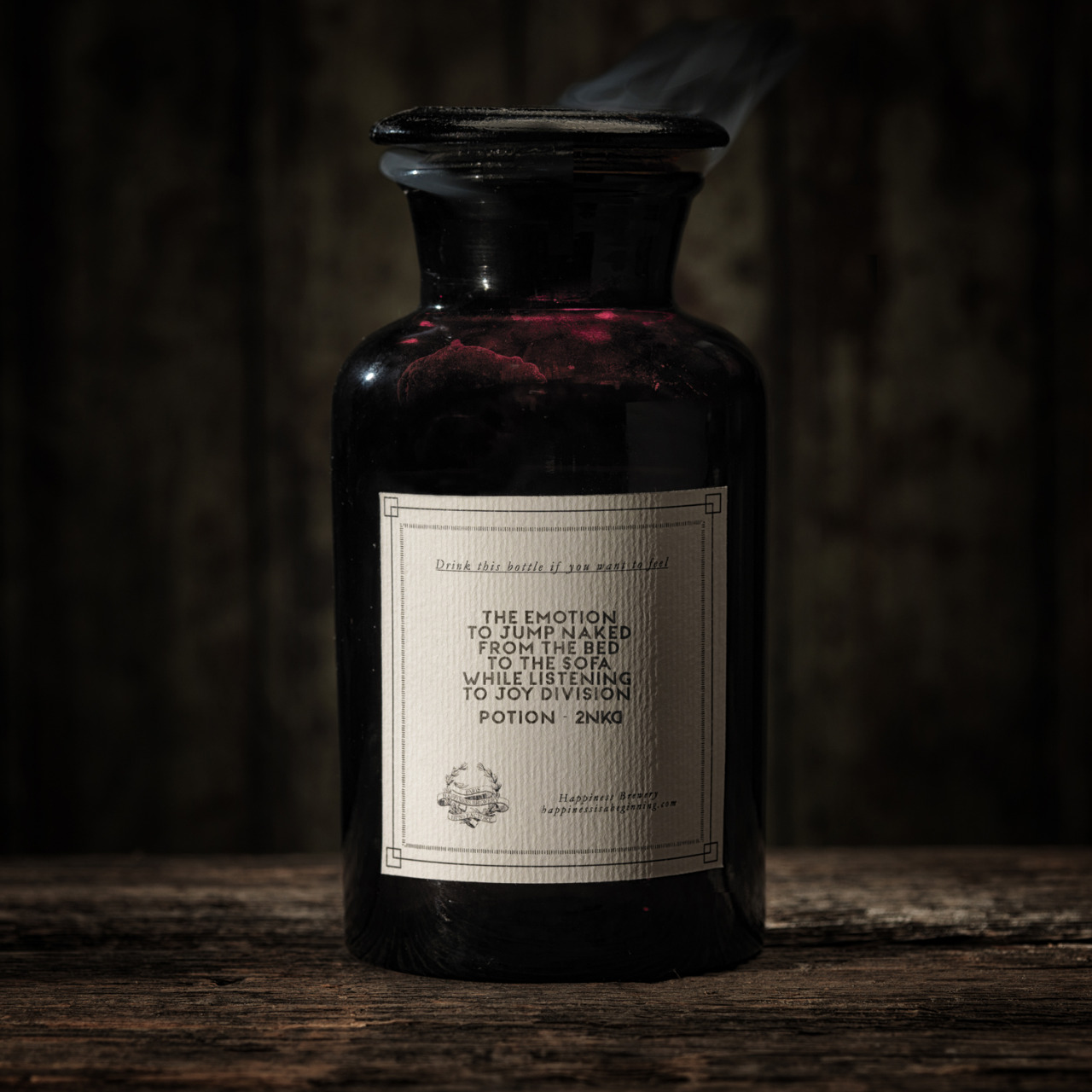John Hokpins - A drifting up
martes, 30 de abril de 2013
Etiquetas:
dB,
milimetros
jueves, 25 de abril de 2013
miércoles, 24 de abril de 2013
Ryan Davis - Fading Star
Etiquetas:
dB,
milimetros
sábado, 20 de abril de 2013
Sébastien Tellier & Caroline Polachek - In The Crew Of Tea Time
Etiquetas:
dB,
milimetros
viernes, 19 de abril de 2013
Alex Smoke - Never want to see you again (Slam remix)
jueves, 18 de abril de 2013
Etiquetas:
dB,
milimetros
miércoles, 17 de abril de 2013
"A hundred times I have thought New York is a catastrophe...it is a beautiful catastrophe."
" He pensado cientos de veces que Nueva York es una catástrofe... una bella catástrofe."
Le Corbusier, 1961

New York 40° 44’ 39’’ N 2010-10-13 lst 0:04

San Francisco 37° 48’ 30’’ N 2010-10-09 lst 20:58

Shanghai 31° 14’ 39’’ N 2012-03-19 lst 14:42

Paris 48° 50’ 55’’ N 2012-08-13 lst 22:15
Darkened Cities, Thierry Cohen
"In Thierry Cohen's series, Darkened Cities, we think we see bright night skies over cities. Very traditional,
very poetical. Actually, what we're seeing is the opposite. These are the skies that we don't see.
The principal operation that has to take place before these pictures can exist is that the sky from one place
has to be superimposed upon cityscape from another. The reason is simplicity itself. As every amateur
astronomer knows, it is impossible to see this detail in the night sky above a city. Modern lighting
provides a level of light pollution so high that looking into the urban sky is a blind looking.
Add to that the atmospheric pollution above any city, and you have a screen only barely penetrable by light.
Stand in New York or Rio and look up, even on the most cloudless night, and you won't see Cohen's explosions
of light. Yet it is there, blotted out only by man's interference.
The first photographer to split his photographs horizontally in two, specifically to even out the luminous
balance, was the nineteenth century French master Gustave Le Gray. Le Gray, a fine technician at
the very point of technology, found that the emulsions available in his day could not record equally
well the bright sky and the twinkling water, so he made them from separate negatives for sea and sky.
The convenient straight line of the horizon helped him both to join them and to conceal the join from his viewers.
Cohen does not merely replace one sky with another for convenient photographic legibility.
By travelling to places free from light pollution but situated on precisely the same latitude
as his cities (and by pointing his camera at the same angle in each case), he obtains skies which,
as the world rotates about its axis, are the very ones visible above the cities a few hours earlier or later.
He shows, in other words, not a fantasy sky as it might be dreamt, but a real one as it should be seen.
Cohen hasn't simply shown us the skies that we're missing, by the way. His process is many degrees
more complex than that. Notice how dead his cities look, under the fireworks display above?
No lights in the windows, no tracers of traffic? That's because they are in fact photographed
in the daylight hours, when lights are switched off or shine out less brightly.
Night time is as attractive to photographers as it is to poets. One thinks in a moment of the
terrestrial nights of such artists as Brassaï, for whom the night was a stage of its own. René Burri,
the great Swiss photographer, rushed out into the New York blackout of 5th November, 1965
with only 8 rolls of film and made 40 of the greatest pictures of a city at night that you will ever see.
In the country, when it gets dark, you go to bed. It's in the cities that we go mad a little at night."
Ciudades Oscurecidas, Thierry Cohen
En la serie "Ciudades Oscurecidas" de Thierry Cohen, creemos ver cielos brillantes sobre las ciudades...
demasiado tradicional, demasiado poético. De hecho, lo que estamos viendo es justamente lo contrario:
son los cielos que no vemos.
El proceso hasta obtener el resultado mostrado se basa en la superposición de cielos pertenecientes
a distintos lugares. La razón es muy simple, como los astrónomos saben resulta imposible observar
los detalles del cielo nocturno sobre una ciudad. El sistema de iluminación moderno genera
una contaminación lumínica tan elevada que mirar hacia el cielo urbano es mirar a ciegas.
Si a esto le añadimos la contaminación atmosférica existente sobre cualquier ciudad, lo que obtenemos
es una pantalla dificilmente penetrable por la luz. Intenta buscar los cielos de Cohen en la noche
más despejada de Nueva York o Río de Janeiro y obtendrás un resultado negativo. Sin embargo,
están ahí, borrados por la mano del hombre.
El primer fotógrado que dividió sus fotografías horizontalmente buscando nivelar el nivel lumínico
fue Gustave Le Gray (Francia, S.XIX). El gran técnico Le Gray se dió cuenta que con una única
fotografía le era imposible captar a la vez el brillo del cielo y el parpadeo del agua, así que lo hizo
con negativos diferentes para el mar y el cielo. La línea recta del horizonte le ayudó a unir ambos
y a hacerlo indistinguible a ojos del espectador.

Large Wave, Mediterranean Sea, Le Gray, 1857
Cohen no se limita a sustituir un cielo con otro que case estéticamente. Su método se basa en
Cohen no se limita a sustituir un cielo con otro que case estéticamente. Su método se basa en
viajar a lugares sin contaminación lumínica situados exactamente en la misma latitud que las ciudades.
Apuntando la cámara con el mismo ángulo en cada fotografía, consigue cielos que, debido
al giro de la Tierra sobre su propio eje, son los mismos que se pueden observar sobre las ciudades
unas horas antes o después. En otras palabras, no nos está mostrando un cielo imaginado o soñado,
sino un cielo tal y como es realmente.
El autor no nos enseña solamente los cielos que nos perdemos, la finalidad es algo más compleja.
¿Os dáis cuenta de lo muertas que parecen las ciudades en contraste con los "fuegos artificiales"
que resplandecen sobre ellas? Ni una luz en las ventanas, ni la más mínima señal de tráfico.
La explicación estriba en que la ciudad como tal se ha fotografiado de día, cuando las luces están apagadas
o brillan con menos intensidad.
La noche es tan atractiva para los fotógrafos como lo es para los poetas. Uno piensa en cómo plasman
la noche artistas como Brassaï (Hungría, S.XX), para quien la noche forma parte de su ser.
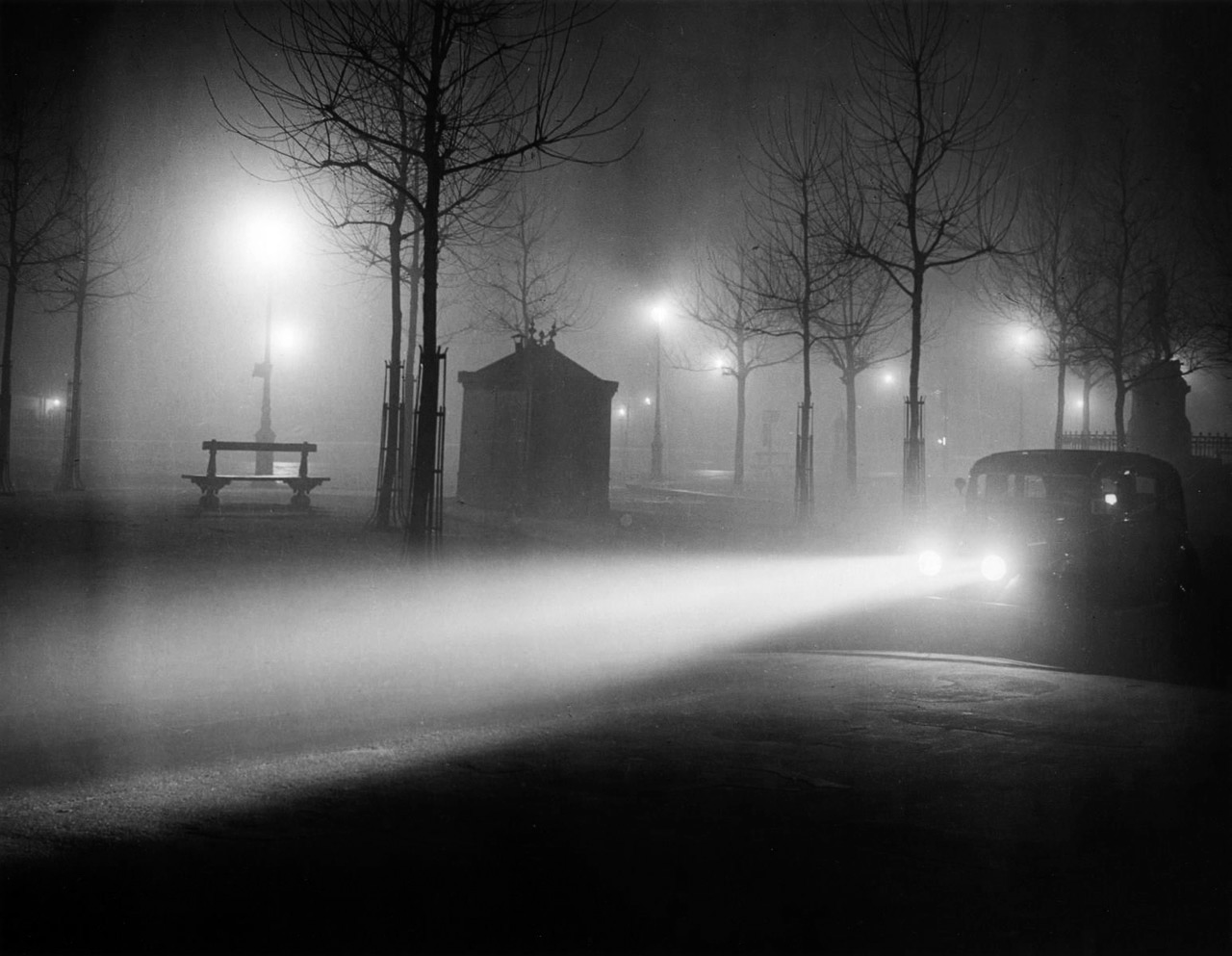
Avenue de l’Observatoire, Brassaï, 1934
René Burri (Suiza, S.XX) vivió el apagón del 5 de Noviembre de 1965 llevando encima 8 carretes
e hizo 40 de las más impactantes fotografías de ciudades de noche que se recuerdan. En el campo,
cuando oscurece, te vas a la cama. Es en las ciudades donde uno vive la locura de la noche.

Blackout New York, Burri, 1965
martes, 16 de abril de 2013
Sid Le Rock - Foreign Love
lunes, 15 de abril de 2013
Etiquetas:
dB,
milimetros
domingo, 14 de abril de 2013
" STONES AND WOODS "
morning shiver down the black wood river
hope's soliloquy
me and them
heart's soliloquy
my dreams are made of steam
handsome dances the dance
time will show you who i am
the herald and the lamb
shoulders
Anstam - Hope´s Soliloquy
Etiquetas:
dB,
milimetros
sábado, 13 de abril de 2013
all my life
there they go
oh please stay
for the night
anyway
Etiquetas:
dB,
milimetros
viernes, 12 de abril de 2013
Etiquetas:
dB,
milimetros
miércoles, 10 de abril de 2013

On April 2nd 2011, LCD Soundsystem played its final show at Madison Square Garden. LCD frontman
James Murphy had made the conscious decision to disband one of the most celebrated and influential
James Murphy had made the conscious decision to disband one of the most celebrated and influential
bands of its generation at the peak of its popularity, ensuring that the band would go out on top
with the biggest and most ambitious concert of its career. The instantly sold out, near four-hour
extravaganza did just that, moving the thousands in attendance to tears of joy and grief, with
NEW YORK magazine calling the event “a marvel of pure craft” and TIME magazine lamenting
“we may never dance again.” SHUT UP AND PLAY THE HITS is both a narrative film documenting
this once in a life time performance and an intimate portrait of James Murphy as he navigates the
with the biggest and most ambitious concert of its career. The instantly sold out, near four-hour
extravaganza did just that, moving the thousands in attendance to tears of joy and grief, with
NEW YORK magazine calling the event “a marvel of pure craft” and TIME magazine lamenting
“we may never dance again.” SHUT UP AND PLAY THE HITS is both a narrative film documenting
this once in a life time performance and an intimate portrait of James Murphy as he navigates the
lead-up to the show, the day after, and the personal and professional ramifications of his decision.
_____________________________________________________________
El 2 de Abril de 2011, LCD SOundsystem realizó su último concierto en el Madison Square Garden.
El líder de la banda, James Murphy, había tomado la decisión de poner punto y final a uno de los
más exitosos e influyentes grupos de su generación en la cúspide de su carrera, asegurándose
de que la banda se despediría por por todo lo alto con el concierto más ambicioso de toda su carrera.
Poco tardaron en venderse todas las entradas, y las cerca de cuatro horas de espectáculo emocionaron
a los miles de asistentes que no pudieron contener las lágrimas, lágrimas de alegría y de pena,
lo que hizo que la revista NEW YORK definiese el evento como "una maravilla de artesanía pura"
y TIME se lamentase con un "puede que nunca bailemos de nuevo". SHUT UP AND PLAY THE HITS
es una película documental que muestra todo cuanto rodeó a este único concierto, un retrato íntimo
de James Murphy tanto los días previos como el día siguiente al show, así como las consecuencias
personales y profesionales de su decisión.
................
SHUT UP AND PLAY IT

El 2 de Abril de 2011, LCD SOundsystem realizó su último concierto en el Madison Square Garden.
El líder de la banda, James Murphy, había tomado la decisión de poner punto y final a uno de los
más exitosos e influyentes grupos de su generación en la cúspide de su carrera, asegurándose
de que la banda se despediría por por todo lo alto con el concierto más ambicioso de toda su carrera.
Poco tardaron en venderse todas las entradas, y las cerca de cuatro horas de espectáculo emocionaron
a los miles de asistentes que no pudieron contener las lágrimas, lágrimas de alegría y de pena,
lo que hizo que la revista NEW YORK definiese el evento como "una maravilla de artesanía pura"
y TIME se lamentase con un "puede que nunca bailemos de nuevo". SHUT UP AND PLAY THE HITS
es una película documental que muestra todo cuanto rodeó a este único concierto, un retrato íntimo
de James Murphy tanto los días previos como el día siguiente al show, así como las consecuencias
personales y profesionales de su decisión.
................
SHUT UP AND PLAY IT

Etiquetas:
dB,
milimetros
martes, 9 de abril de 2013
lunes, 8 de abril de 2013
Etiquetas:
Los ilustrados
domingo, 7 de abril de 2013
sábado, 6 de abril de 2013
Etiquetas:
dB,
milimetros
viernes, 5 de abril de 2013

1991 is the alias of Gothenburg based artist Axel Backman.
1991 EP has been mastered and suported by Vessel
Open to the dark, by Drudy Peregrine
"Ever since musicologists of all levels have coined the term "hauntological" for music that seems to reference references,
for instance Burial's music referencing rave and early 90's dance culture precisely by its hollow absence of anything happy.
for instance Burial's music referencing rave and early 90's dance culture precisely by its hollow absence of anything happy.
First, we can't discern as a biproduct of recording or an intentional sound- it opens with a couple talking in swedish? german?
in a kitchen maybe? and then the main sample comes in, it's a straight-forward loop of what sounds like some obscure New Romantic
record from the 80's - synths interact on top and phase in and out with the main sample, but what's really cool
is that the distortion and intentions here leave you with a wonderment of questions, some being:
in a kitchen maybe? and then the main sample comes in, it's a straight-forward loop of what sounds like some obscure New Romantic
record from the 80's - synths interact on top and phase in and out with the main sample, but what's really cool
is that the distortion and intentions here leave you with a wonderment of questions, some being:
Is every time we hear a sample a new time-space? // Also, even the idea of "mind-sampling", where we hold on to snippets of moments,
for instance we're at a club and we hear a song, it's amazing, we're not going to interrupt the dj to ask what the song is, its almost
better that we build the mental monument to its elusive nature- the sample here seems to have articulated that love and longing near-perfectly /
the love that we fall into from not being able to discern things readily and instead must accept ambiguity and not-knowing as the firmest
establishment / to be left with more questions than answers / also what's the deal with, say, sampling the radio or sampling the ambiance
of a place as opposed to a straight sound source? Are we sampling the energy that's happening around the sound in that case?
1991 seems to suggest yes, there are ghosts in the binary machines."
for instance we're at a club and we hear a song, it's amazing, we're not going to interrupt the dj to ask what the song is, its almost
better that we build the mental monument to its elusive nature- the sample here seems to have articulated that love and longing near-perfectly /
the love that we fall into from not being able to discern things readily and instead must accept ambiguity and not-knowing as the firmest
establishment / to be left with more questions than answers / also what's the deal with, say, sampling the radio or sampling the ambiance
of a place as opposed to a straight sound source? Are we sampling the energy that's happening around the sound in that case?
1991 seems to suggest yes, there are ghosts in the binary machines."
_______________________
Musicólogos de todo tipo han acuñado el término "hauntological" para la música que pretende referenciar referencias,
por ejemplo, la música de Burial hace referencia a la cultura rave y dance de principios de los años 90,
precisamente por su ausencia de cualquier atisbo de felicidad.
por ejemplo, la música de Burial hace referencia a la cultura rave y dance de principios de los años 90,
precisamente por su ausencia de cualquier atisbo de felicidad.
En primer lugar, podemos entender la composición de este tema bien como dos partes diferenciadas o bien como un todo,
un intencionado sonido continuo - ¿comienza con la conversación de una pareja en sueco? ¿alemán? ¿en una cocina quizás?
Y a continuación el sample principal entrante, un bucle sencillo de lo que parece un oscuro tema New Romantic de los años 80
- los sintetizadores interactúan yendo y viniendo en fase con el sample principal, pero lo que es realmente interesante
son esas distorsiones que hacen que te plantees numerosas cuestiones:
un intencionado sonido continuo - ¿comienza con la conversación de una pareja en sueco? ¿alemán? ¿en una cocina quizás?
Y a continuación el sample principal entrante, un bucle sencillo de lo que parece un oscuro tema New Romantic de los años 80
- los sintetizadores interactúan yendo y viniendo en fase con el sample principal, pero lo que es realmente interesante
son esas distorsiones que hacen que te plantees numerosas cuestiones:
¿Cada vez que escuchamos un sample entramos en un nuevo espacio-tiempo? // Cabe la idea de conducirlo hacia el terreno
"mental-sensorial", donde nos aferramos a instantes, pequeños fragmentos de momentos- como cuando estamos en un club,
escuchamos una canción, y lo último que se nos pasa por la cabeza es ir a preguntarle al dj por la canción, es casi mejor
que lo disfrutemos mentalmente por su naturaleza elusiva y efímera- el sample en esta canción nos muestra que amor y deseo
casan perfectamente / el amor en que caemos por no ser capaces de discernir las cosas fácilmente en vez de aceptar la ambigüedad
y el no-conocimiento como un firme principio / quedándonos con más preguntas que respuestas / ¿Y si hablamos de la oposición entre
samplear sonidos de la radio o del ambiente de un lugar, frente a grabar el sonido de una fuente directa? ¿Estamos sampleando
la energía que rodea y envuelve al sonido en ese caso? 1991 parece indicar que sí, que hay fantasmas en las máquinas binarias.
Intro voices from a casting made to Charlotte Valandrey
Main Sample from "The Cure - Charlotte Sometimes"
Etiquetas:
dB,
milimetros
jueves, 4 de abril de 2013
Adanowsky feat. Devendra Banhart - You are the one
The video was shot while Adanowsky recorded his album in Los Angeles at the old house of Ke$ha and Alex Ebert of Edward Sharpe and the Magnetic Zeroes. In order to give authenticity to the Love-In, the cast and crew were put into a sexual trance thanks to a white magic breathing exercise the directors learned from Electricity Aquarian, a surviving member of Los Angeles spiritual cult The Source Family. Over forty people then channeled their erotic energy to help give birth to Adanowsky’s new alter-ego, El Amador: “The Lover.”
__________________________________
El video fue grabado mientras Adanowsky grababa su álbum en Los Ángeles, en la vieja casa de Ke$ha y Alex Ebert de Edward Sharpe and the Magnetic Zeroes. Para darle completa autenticidad, el reparto y el equipo se introdujeron en un estado de trance sexual gracias a un ejercicio de respiración de magia blanca que los directores aprendieron de Electricity Aquarian, un superviviente del grupo de culto espiritual The Source Family. Así pues, unas cuarenta personas canalizaron su energía erótica para ayudar en el nacimiento del nuevo alter-ego de Adanowsky: "El Amador"
Etiquetas:
dB,
milimetros
miércoles, 3 de abril de 2013
Etiquetas:
Around the world,
dB,
milimetros
Suscribirse a:
Comentarios (Atom)



